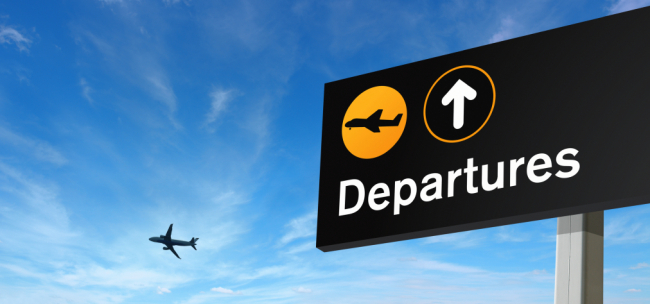The 5 Top Needs For Medical Travel To Succeed
 5 things will need to happen before medical travel gains enough traction to be a real player in healthcare.
5 things will need to happen before medical travel gains enough traction to be a real player in healthcare.
Despite the research reports, eco-devo white papers, industry analyses and industry marketing hype, medical travel/medical tourism is still an early stage industry looking for the right formula for success.
In my view, five things will need to happen before medical tourism and global healthcare referrals get real traction: 1) the creation of a sustainable business model, 2) global healthcare IT connectivity and integration, 3) a physician generated global healthcare referral network, 4) a global regulatory, legal and socioeconomic ecosystem, and 5) patient awareness and acceptance.
The creation of a sustainable business model
Industry players including payors, providers, partners and facilitators are still looking for the the most successful way to make a profit and scale the business. With an eye towards what happened when Expedia disrupted the travel agency business, participants understand that margins for travel arrangement services are thin and that there is high price elasticity for global medical care. Few have found the magic key that fits the lock that opens the doors to profits. Payors and employers are hesitant to accept the value proposition without a better way to reduce their risk and demonstrate tangible, meaningful cost savings to their insureds and employees.
Global healthcare IT connectivity and integration
The US national healthcare information architecture is evolving. Eventually, the network will be a portal to the world and will allow for seemless, secure, confidential transfer of personal health information thus assuring some continuity of care and quality improvement. Similarly, it will take a while for health information systems to evolve in host countries that can talk to non-host systems. Short term solutions, like personal health records or mobile health applications, might fill the void temporarily.
A physician generated global healthcare referral network
Most medical tourism models connect patients to healthcare facilities, bypassing doctors in the initial stages. Docs will get in the game when the model feels better, and they have the resources and ability to make referrals to consultants directly, like they do now. Given the rise of international members, professional medical societies should be more proactive in building global referral networks, rather than seeing them as threats to existing domestic members.
A global regulatory, legal and socioeconomic ecosystem
The barriers to adoption and penetration of medical travel are many and include liability, reimbursement, quality assurance and impediments to continuity of care. As healthcare goes global, so will the rules and regulations that facilitate or obstruct its use. How about a World Trade Organization Treaty on Medical Travel?
Patient awareness and acceptance
According to the most recent polls, 50% of consumers understand the meaning of the term "medical tourism", leaving home for care. Social network buzz and media stories find the medical travel story sexy, particularly given all the noise about escalating healthcare costs and consumers, employers and payors are hungry for more information. Moving patients from awareness to intention to decision to action, however, will take more time and use innovative marketing approaches directed towards granular market segments.
Global medical travel is projected to be a $1B industry by 2012. While the bones are in place, it wll take more time to add the flesh. Until then, to quote Karl Mauldin, people won't leave home without it.





 Post a Comment
Post a Comment
Reader Comments